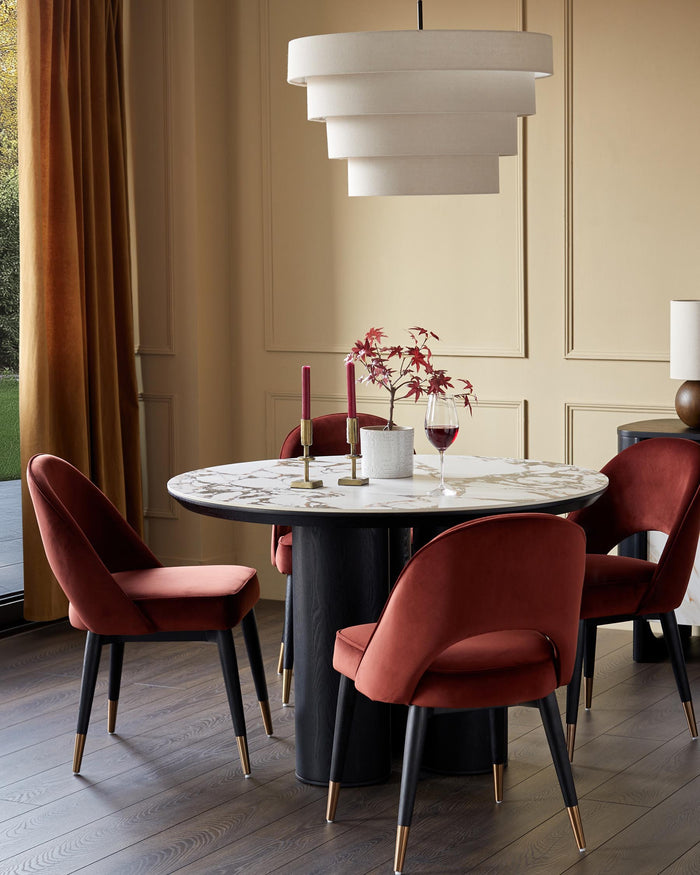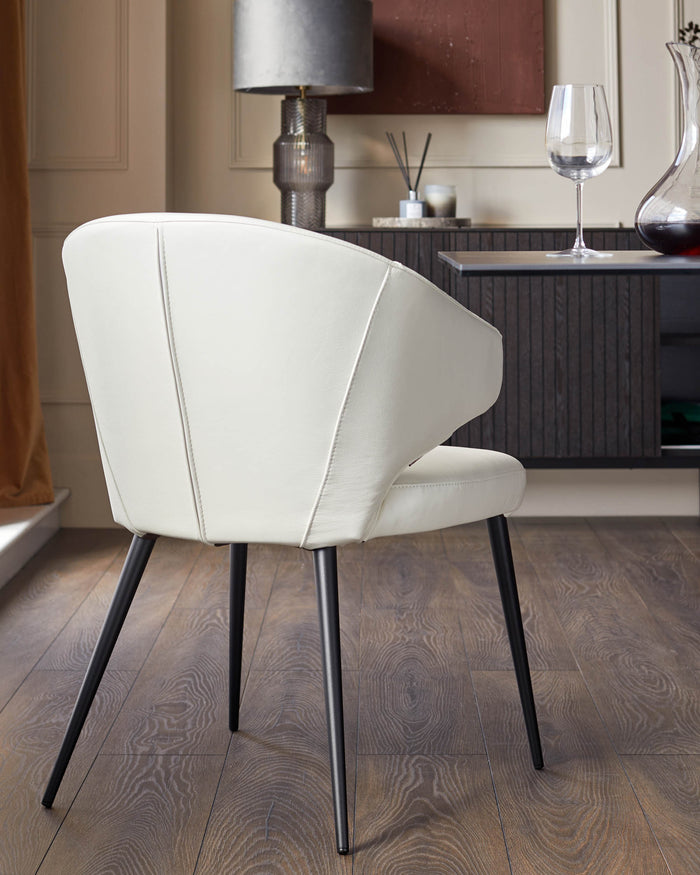Choosing dining room chairs can be a tricky business. Here at Danetti, we want to help you find something that is both stylish and functional. You need dining chairs which are comfortable, hard-wearing, attractive, and that co-ordinate with the rest of your furniture and your interior style. If you have a small home then you may also want your dining chairs to be stackable.
To make sure you don’t make a purchasing faux pas, follow our 10 point guide to choosing the best chairs for your dining space:

1. Think about the style. If you have a contemporary home interior then you need chairs that are going to fit in. Plain, minimalist designs, perhaps with chrome and leather, will work well in a contemporary setting. Cutting edge design will make your home seem more expensive.
2. Think about the material. Just in case the red wine bottle spills, it is best to have dining chairs that are serviceable. Wooden or plastic dining chairs are great because they can simply be wiped clean and will not mark. Leather or faux leather dining chairs are also very hard-wearing, and can be cleaned with special products.
3. How many chairs do you need? If you have a small dining room table then you may just want two or four dining chairs to go around it. In this case, you can afford to make a bit of a statement with bold design and striking colour. However, if you have a very large dining room table then you will need to buy perhaps 10 or 12 dining room chairs, and you may want to keep the look simple and uncluttered by choosing a minimalist style of chair.
4. Who will be using them? If you are a young couple and you want dining chairs for your friends when they come for dinner parties, then the dining chairs can be very design-led and your decision mainly based on how the chairs look. If you expect to have older guests who need a comfortable seat, then you may want to buy chairs with arm rests and high back, which are great for support.

5. What dining table do you have? Mis-matching tables and chairs can really ruin the look of your dining area. You need to make sure that the seats are a good height for sitting at the table, and that the materials are matching or complimentary. A glass and chrome table, for example, can look very harmonious with a leather and chrome dining chair. Ask Danetti if you want advice and suggestions about which chairs go well with which tables. We’ll be happy to help.
6. Are you planning on open-plan living? If you’re creating a kitchen-dining or a living-room-dining space, then you will need to take into account the furniture you have in the other parts of the room. What colour and style is your kitchen? What material is your sofa made from, what is the flooring like? At Danetti we have such a huge range of dining chairs that you’re sure to find something that will fit in.
7. Plan your budget. Quality dining chairs can be a good investment – the last thing you want is for the chairs to become wobbly or unstable for people to sit on. We normally recommend that you spend at least £50 per chair, and often the more you pay, the more you get, in terms of design and quality. Remember at Danetti there is a 3-year guarantee on all products dining products you know you are buying furniture that will last, whatever your budget.

8. Do you need more space? Stackable dining chairs are a great option for people living in small homes, because the chairs can be neatly stacked in the dining room, or in another room, until you have guests to stay. For many people only 2, 3 or 4 chairs are needed regularly and the others only now and then.
9. What colour do you fancy? Danetti’s dining chairs come in a huge variety of colours – many styles are available in red, green, blue, purple, orange, and tens of other colours, plus the popular black, white and brown. You can pick your dining chair colour to co-ordinate with your soft furnishings, or even to provide a ‘pop’ of accent colour in a very plain and minimalist scheme.
10. Do you need the chairs to be multi-purpose? If you buy dining chairs in neutral colours, or colours that tone in with the rest of your home, then you can easily use them in hallways, bedrooms, even studies, when you’re not using them at the table. This can both save you money and mean that you don’t have an excess of furniture clogging up your home.
We hope this guide has been helpful. Now you have your checklist, take a look at Danetti’s full range of dining chairs …
























